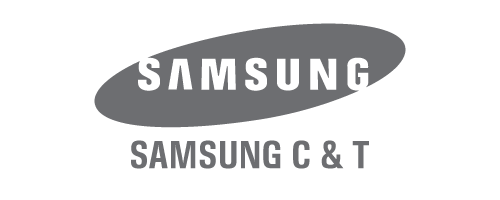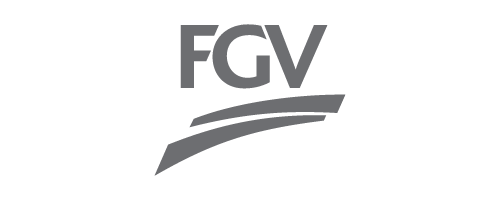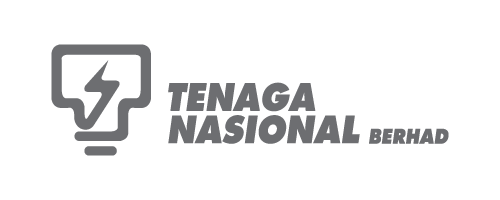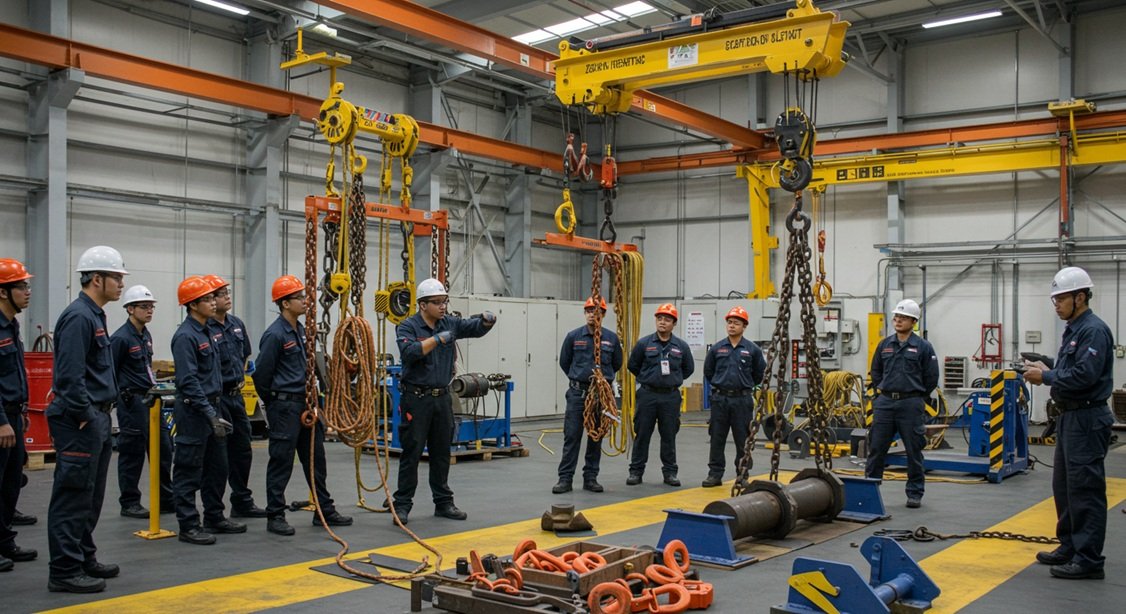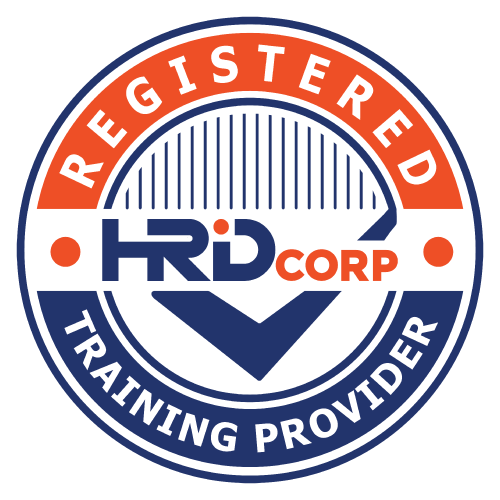Introduction
Rigging and slinging are essential processes in construction, manufacturing, shipping, and various industrial operations where heavy loads need to be lifted, moved, or secured using cranes, hoists, or other lifting devices. Although the two terms are often used together, they refer to distinct but closely related practices.
Rigging involves the process of preparing loads for lifting. This includes selecting, assembling, and attaching the appropriate lifting gear such as slings, shackles, hooks, and chains to the load. The purpose of rigging is to ensure that the load is lifted safely, efficiently, and without damage to either the load or surrounding environment.
Slinging refers to the actual act of attaching a load to a lifting device using slings and directing the crane or lifting equipment to move it. The person performing slinging duties is often called a slinger or slinger/signaller. This role not only involves securing the load but also giving signals to crane operators to ensure safe and precise movement of the load.
- Duration : 2 Days
- Target Group: All level of workers
- Riggers and Slingers
- Crane Operators
- Construction Workers
- Warehouse and Logistics Staff
- Maintenance and Mechanical Personnel
- Supervisors and Safety Officers
- Maritime and Offshore Workers
- Learning Method
- Classroom/Theoretical Training
- Practical Hands-On Training
- Assessment & Evaluation
Objective
Upon completion of the training, participants will be able to:
- Understand Rigging Fundamentals:
- Trainees will grasp basic concepts and terminology related to rigging and slinging.
- Identify Rigging Equipment:
- Participants will be able to recognize different types of slings, chains, hooks, shackles, and other rigging hardware.
- Perform Proper Sling Selection and Inspection:
- Trainees will learn how to select appropriate slings for various loads and inspect rigging equipment for damage or defects before use.
- Apply Safe Rigging Practices:
- Participants will demonstrate correct techniques for attaching slings, balancing loads, and securing them to lifting devices.
- Understand Load Dynamics:
- Trainees will comprehend the effects of load weight, center of gravity, sling angles, and load distribution on lifting operations.
- Comply with Safety Standards:
- Participants will be aware of relevant safety regulations and company policies to minimize risks during lifting.
- Execute Safe Communication:
- Trainees will learn standard hand signals and communication methods used during lifting operations.
Topic
- Introduction to Basic Rigging and Slinging
- Introduction to Malaysian Legal Requirement
- Fundamental of Lifting Appliances
- Introduction Lifting Accessories/Gear
- Lifting Accessories Selection and Maintenance
- Below the hook planning
- Rigging principles
- Operation Communication and Signalling
- Common Rigging Operation Planning
FAQs
What is Basic Rigging & Slinging
Basic Rigging & Slinging is in charge of the initial work of erecting the load and to ensure that all rigging work is carried out in a. safe and efficient manner, adhering to the regulation and to sound established customs and practices, which will be covered. throughout the entire sessions.
What are the 4 concepts of rigging?
These cardinal tenets dictate the successful and safe execution of rigging tasks. They encompass having properly trained personnel, thoroughly checking equipment and environmental suitability, ensuring the balance and stability of the load, and employing effective communication through qualified spotters
What are the duties of a basic rigger?
The primary responsibility of a basic rigger is to install, maintain and repair rigging systems such as hoists, cranes, winches or slings. These pieces of equipment must be correctly assembled according to industry standards so they can safely lift large loads without causing damage or injury
What is the difference between slinging and rigging?
Slinging involves attaching the rigging equipment to the load to be lifted, such as a steel beam, a container, or a machine. While rigging is a process of lifting and moving the load. Safely and secure.
What's the difference between a slinger and a rigger?
A Slinger/Signaller is responsible for attaching rigging equipment to the load and directing lifting operations, typically involving cranes, on construction sites, docks, or other industrial environments. They are also commonly referred to as a Banksman, Slinger or Rigger. Somehow, riggers may refer to personnel who are trained to handle rigging operation involves equipment selection, slinging, site operation and directing load movement.
What are the four basic rules of rigging?
- Know the load and capacity.
- Inspect rigging equipment
- Use proper Rigging Techniques.
- Ensure a safe working environment.
What Are the Four Types of Rigging?
The four main types are rope rigging, wire rope rigging, synthetic rigging, and chain rigging.
What makes chain rigging unique?
Chain rigging offers exceptional tensile strength and is ideal for rugged, high-temperature environments.
Top companies subscribed to this training.
Competency training trusted by:
